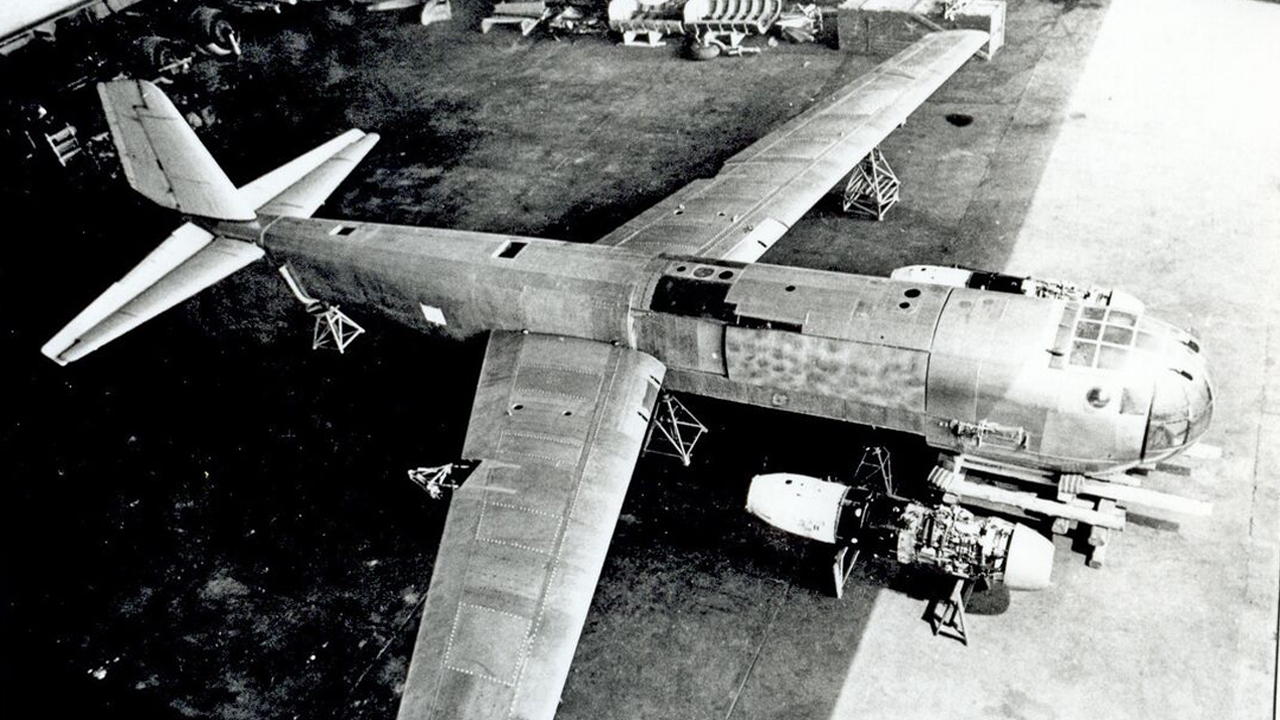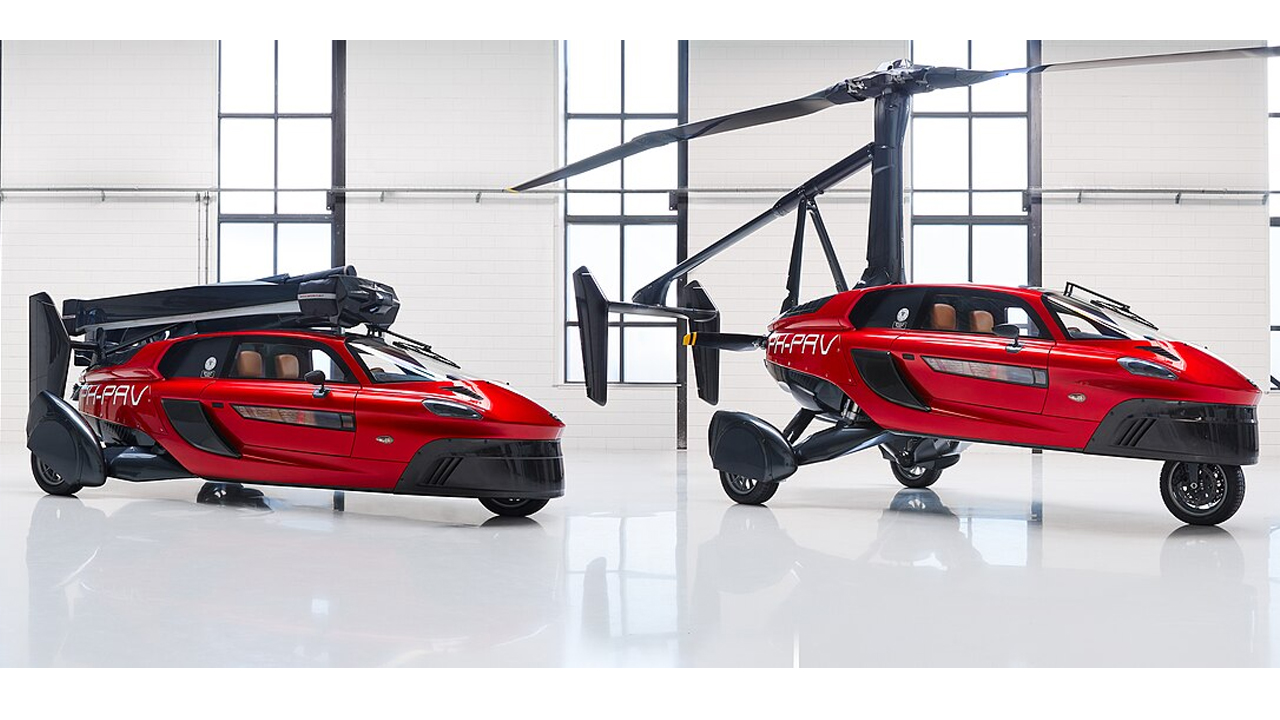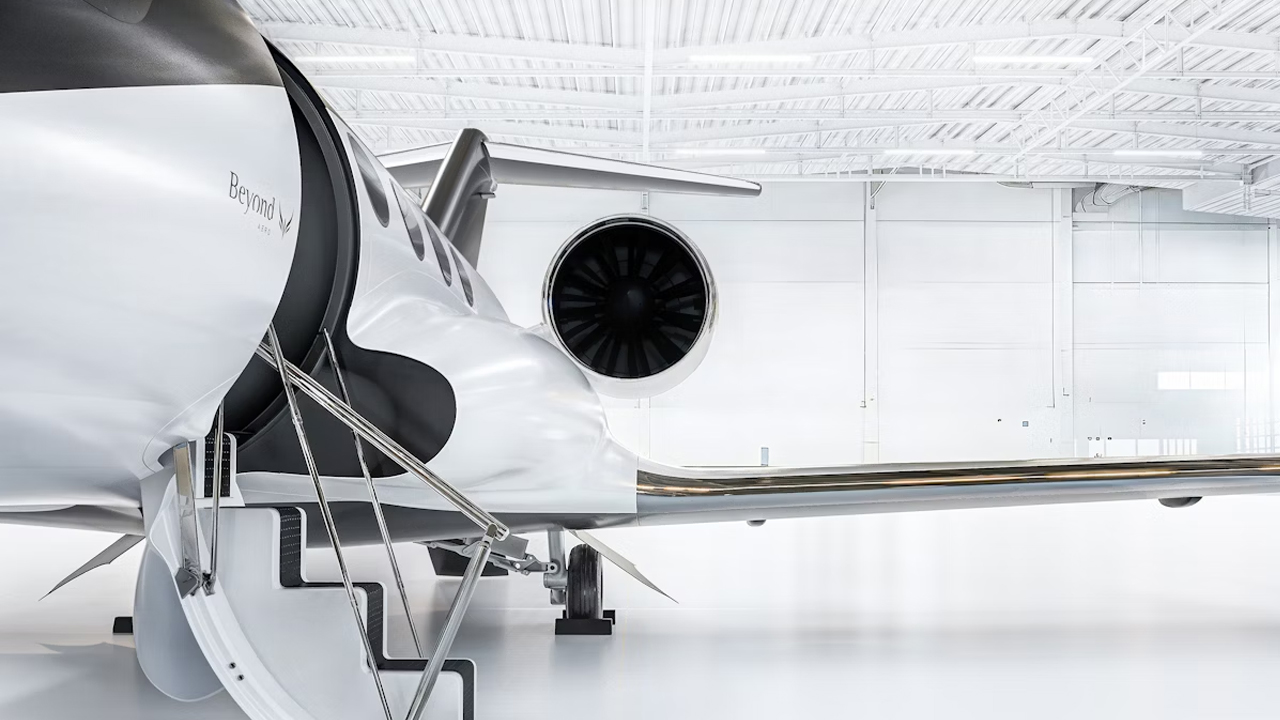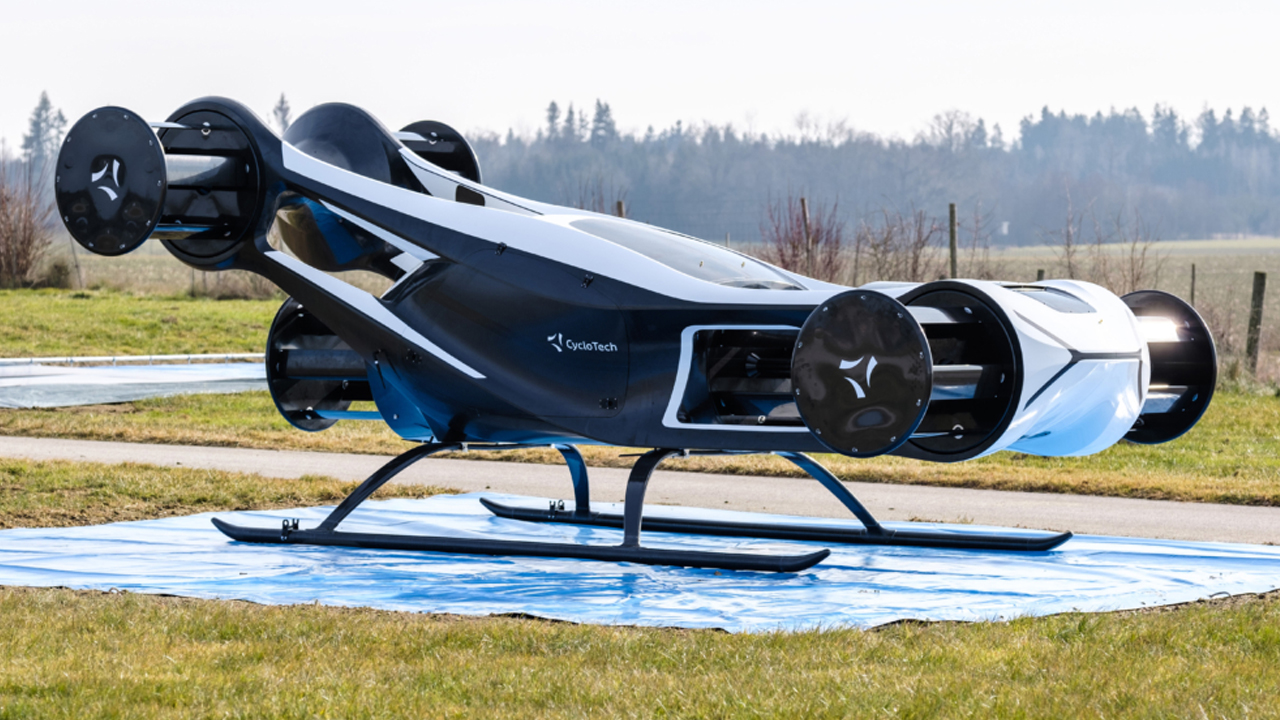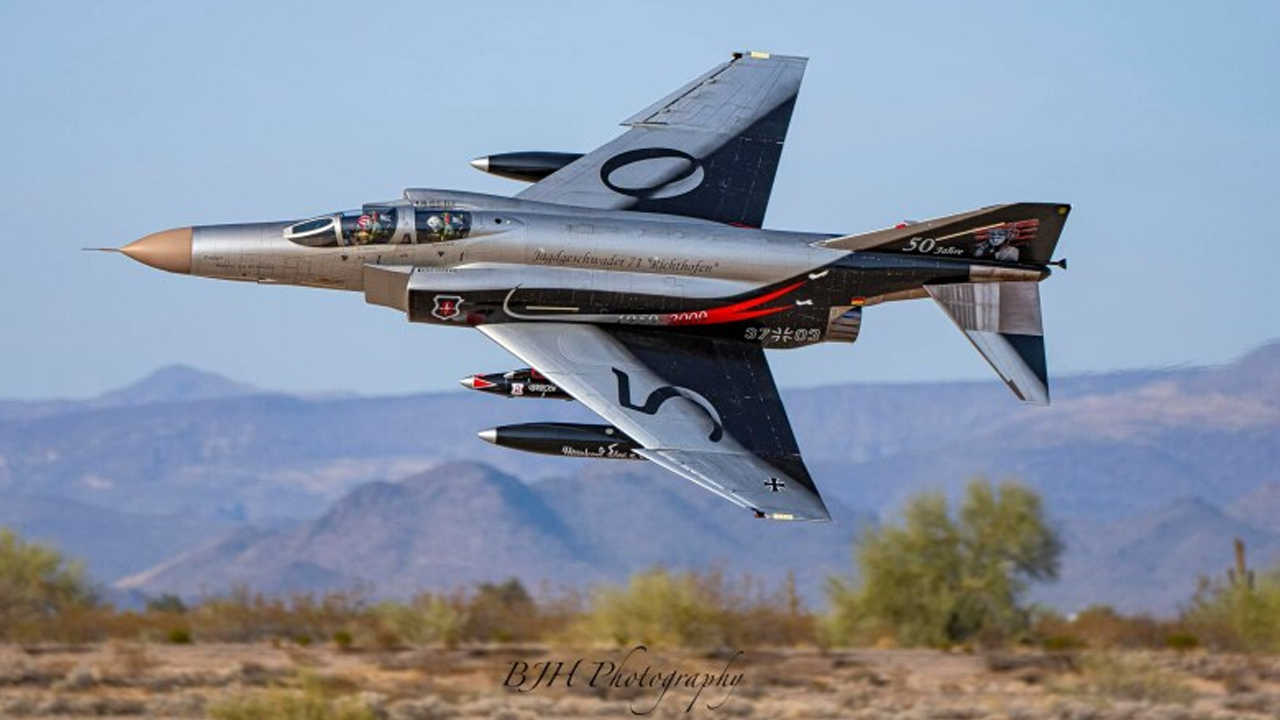During the closing stages of World War II, Germany pushed the boundaries of aircraft design in a last-ditch effort to shift the tide. One of the boldest results of that scramble was the Junkers Ju 287—a jet-powered bomber unlike anything else in the skies at the time. With its forward-swept wings and recycled parts, it was equal parts experimental and desperate. Though it never reached mass production, the Ju 287 left a surprising legacy.
Germany’s Race Against Time
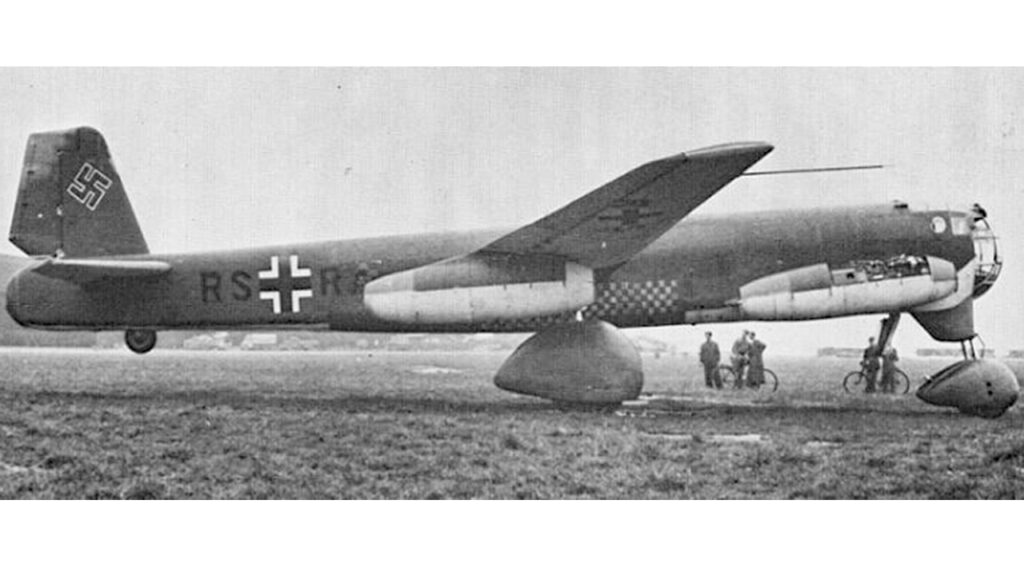
By 1944, Nazi Germany was desperately looking for game-changing weapons. Their bombers were getting torn apart by faster Allied fighters, and jet propulsion seemed like the only way forward. That’s where the Ju 287 came in—designed as a fast jet bomber that could deliver heavy payloads and still escape enemy interception.
The idea was to leap ahead of conventional aircraft design. Most of the jets at the time were small fighters. This was something different—a bomber using jet engines with a design that looked almost backwards. And in a way, it was.
A Wing Design That Turned Heads
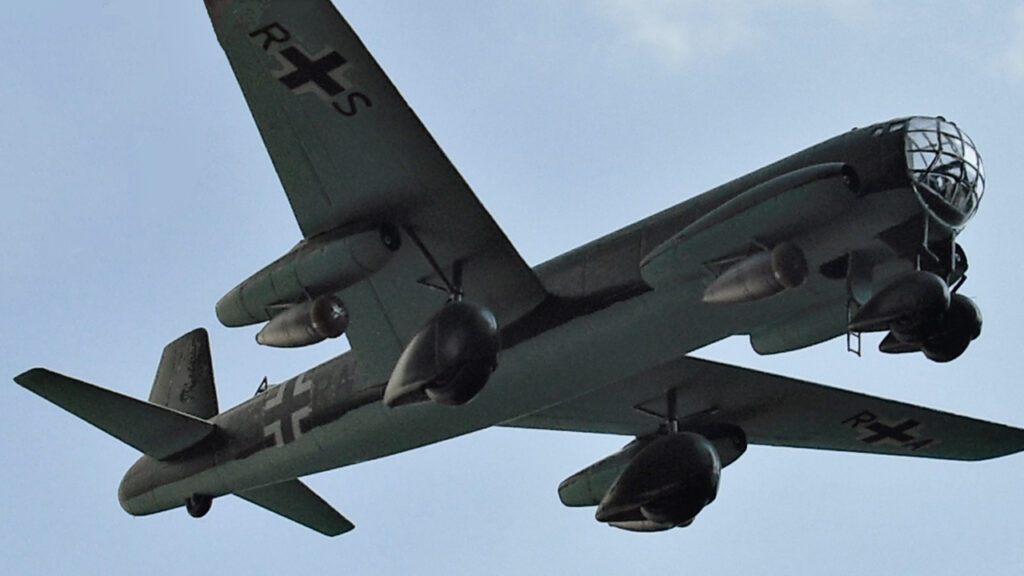
The Ju 287’s most striking feature was its forward-swept wings. Unlike nearly every other aircraft of the time, the wings angled toward the front. This wasn’t just to be flashy—engineers believed it could improve low-speed lift and performance during takeoff and landing, especially with heavy loads.
The design gave it a strange, almost insect-like profile in flight. But there was a catch: forward-swept wings were prone to structural bending and twisting. Materials at the time just weren’t strong or light enough to fully solve that problem. That limitation would haunt the project.
The Patchwork Prototype

With time and resources stretched thin, the first Ju 287 prototype was built using leftover parts from other aircraft. Its fuselage came from a Heinkel He 177, the landing gear from a B-24 Liberator, and the engines were recycled from older German jets. It was a Frankenstein’s monster of engineering.
But it flew. On August 8, 1944, the Ju 287 V1 made its first flight. Despite being rough around the edges, it proved the concept could work. Even with limited test flights, the bomber showed promise—though the stability issues and low-altitude limitations were hard to ignore.
Soviet Seizure and a Quiet Legacy

As Soviet forces swept into Germany, they captured the remaining Ju 287 prototypes and even took the lead designer, Dr. Hans Wocke, back to the USSR. There, work on similar aircraft quietly continued under Soviet supervision for years after the war.
While the Ju 287 never became an operational bomber, its ideas didn’t disappear. Forward-swept wings would return decades later in experimental planes like the X-29. The strange-looking German jet was ahead of its time—but not built for its time.


